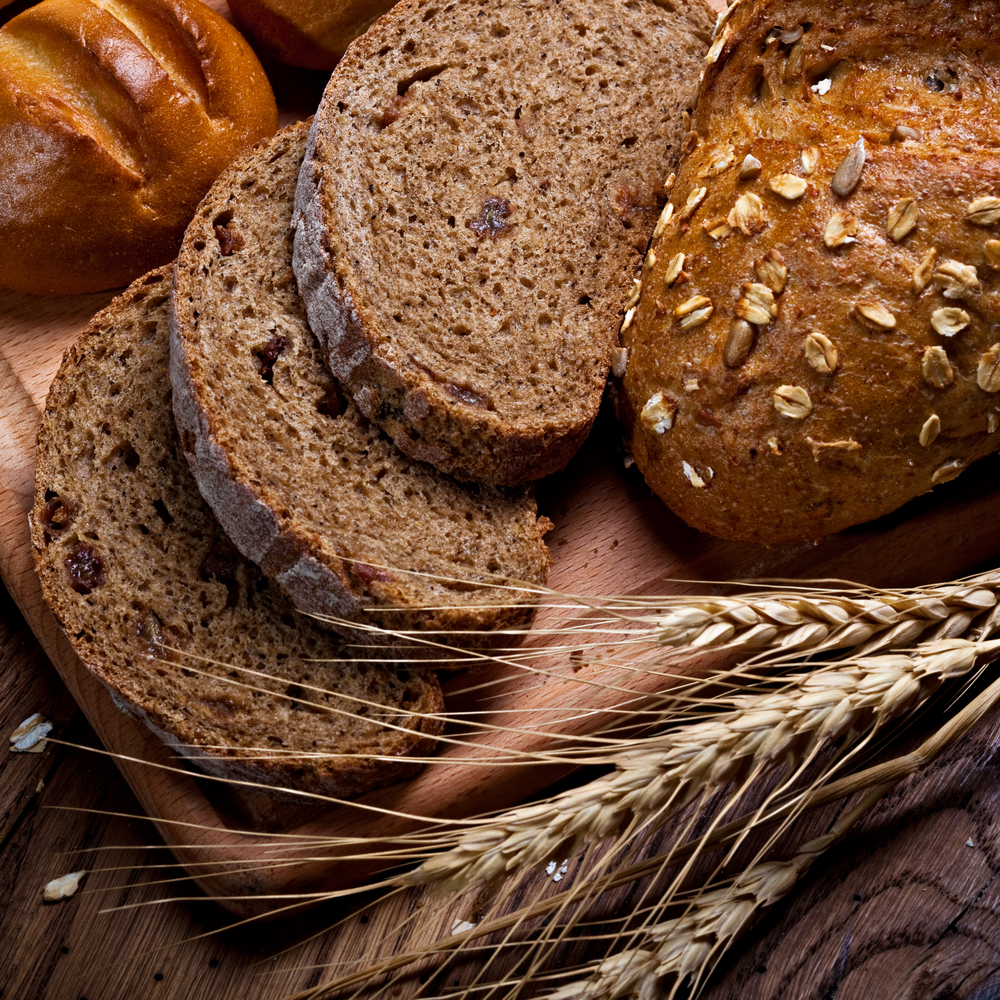Exercise and Depression
Get up and get Moving
If you've
ever experienced depression, you know how frustrating and, at times,
debilitating it can be. It may make you so tired you don't want to get out of
bed -- or so anxious you can't calm down. Whatever your symptoms are, it can be
a challenge to pull yourself out of that dark hole. Seeing your doctor should
be your first step in dealing with depression, of course, but there are other
tools that can help. Exercise may be the last thing on your mind, but it's one
thing that may give you immediate relief from depression.
Depression is so common most of us have
either experienced it or know more than one person who has. Medication and therapy are common treatments, but exercise
is another tool that can bring relief. Study after study has shown that
exercise can fight mild to moderate depression because it:
- Increases your sense of mastery, which helps if you don't feel in control of your life
- Increases your energy
- Increases self-esteem
- Provides a distraction from your worries
- Improves your health and body, which can help lift your mood
- Helps you get rid of built-up stress and frustration
- Helps you sleep better, which can often be a problem when you're depressed
It may seem impossible to get moving when
you feel depressed and you may wonder, why bother? One reason is that you can
get some immediate relief, even if you can only manage 10 or 15 minutes of
exercise. Some studies have shown that exercise can improve your mood for up to
12 hours. The question is, how can you overcome the inertia that often
accompanies depression?
Keep
It Simple
The problem with depression is that it
drains your energy, making every task seem like a monumental effort. Part of
moving past that draining fatigue is taking that first step, whether it's
putting on your workout clothes or getting out the dog's leash for a walk.
Keeping it simple and doable will make it easier to get started.
- Set simple goals. It doesn't take much exercise to lift your mood, so you don't have to train for a marathon. Set a goal to walk around the block. Promise yourself you'll walk around the block at least 3 times that day. The next day, do more. Try to improve just a little bit each day.
- Go easy on yourself. You might not be able to handle a lot of exercise, so try to feel good about what you can do. Whether you get out and work in the yard, take the dog for a walk or go up and down the stairs a few times, it all counts. Now is not the time to kick yourself.
- Do what you usually enjoy. When you're depressed, it's hard to enjoy anything, but think about what you normally like when you're not depressed. If yoga feels good to you, spend a few minutes going through a few simple poses. If you like fresh air, go for a walk or a bike ride. You may not enjoy it in the moment, but even a small change in your mood can make a difference.
- Make it social. Try to find a friend to walk with. Talking to people can help raise your energy and remind you that you're not alone.
- Go outside. Even a little sunshine can help boost your mood and remind you that there's a world out there. You can participate in it as much as you can handle.
- Work with your doctor. Be sure to talk to your doctor about your treatment options and your plans to exercise. He or she may be able to refer you to someone who can help you set up an exercise program.
Workouts
for Depression
When it comes to managing depression,
there are no right or wrong exercises. Higher intensity exercise, like jogging
or aerobics, can help your body release feel-good hormones while lower
intensity exercise, like yoga or Pilates, can help you relax and connect with
your body.










